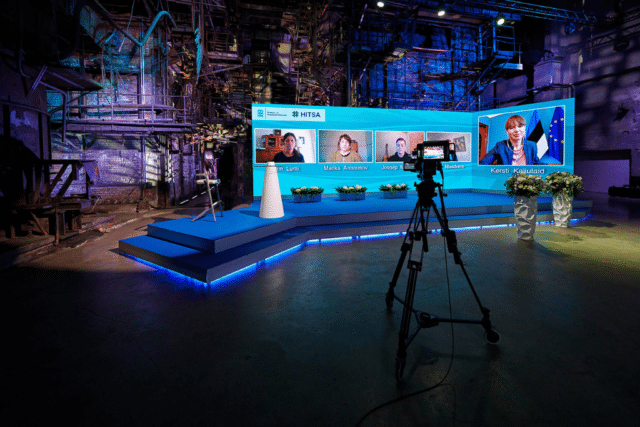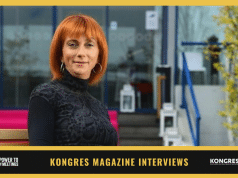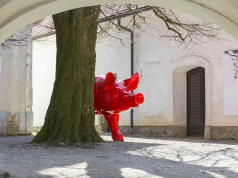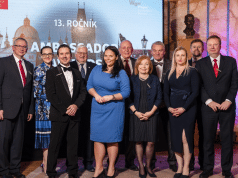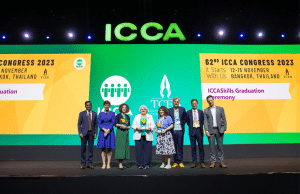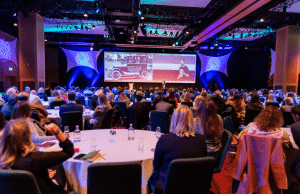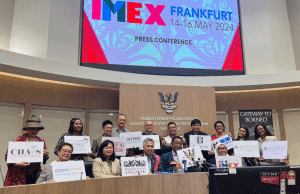THE WORLD OF VIRTUAL EVENTS
Virtual event organisation experts Leho Valmas (Global Productions Estonia), Lehari Kaustel (Global Virtual Solutions, Royal Experience), Taavi Puuorg (Frank Events) and Neeme Kari (HYPE) share tips on how to keep the audience entertained and how to create a virtual experience that has a similar impact to a face-to-face event.
What are the optimal time limits for a virtual event (day, two days, 8 hours a day, or less)?
Neeme Kari: Different conferences have very different time limits. It depends on many things – attractive content, the client’s expectations, traditions, purpose of the conference, etc. Our recommendation is that a conference should not last more than five hours a day.
Taavi Puuorg: It is very difficult to say. A lot depends on the purpose of the event. There are both 2-day and 1-day conferences and workshops. The vast majority of workshops and seminars last for 3–5 hours. An entertaining event should last for an hour and its structure must be very carefully planned.
Leho Valmas: A virtual event should not last more than 4 hours in one day. The best time is the first half of the day. Virtual events usually take place from 10 a.m. to 2 p.m.
Lehari Kaustel: It is important to think carefully about how to make sure that the desired content reaches the target group. There are no time limits for virtual events. The event can last for an hour, many days in a row, or throughout the year. You must approach each event differently, depending on the message and the experience you want to offer your listeners, be it a 30-minute ceremony, a 3-hour conference, or a 24-hour entertainment show.
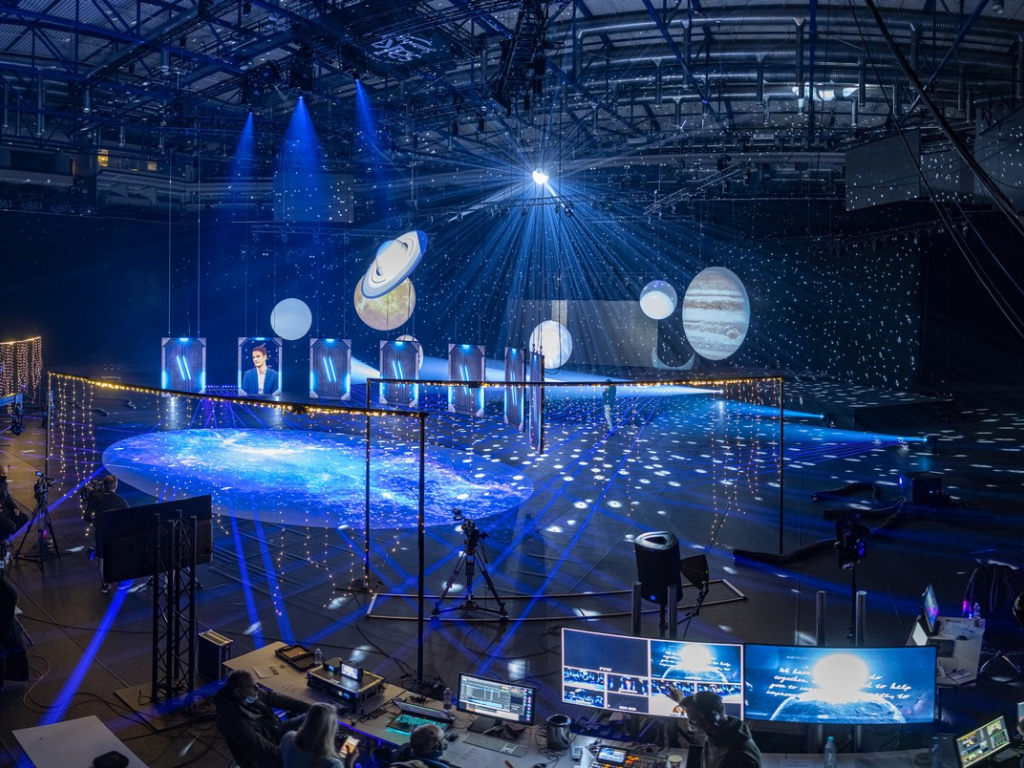
How long can a participant actively listen to a virtual event?
LK: A person is able to observe one topic in depth for about an hour and a half, be it a physical or virtual event. Fortunately, the virtual world offers many different ways to stimulate the brain and hold breaks – all of which need to be planned into the programme and directed to the listener. We try to plan the course of the event as if it were a TV show that would be exciting to watch – both in terms of content and visuals.
TP: It depends on the format. A person is able to follow entertaining content with an active programme for about 1.5–2 hours. However, they can listen to a seminar day for 8 hours. In general, we recommend a one hour time limit.
LV: We recommend that the sessions last 45 minutes. This way, people can go to the toilet, stretch, etc. It is not wise to keep the participants in front of the screen for more than 120 minutes. After this, the ability to receive and analyse information decreases significantly.
NK: Different scientists claim different things. We can talk from our experience. A lot depends on the attractiveness of the material on the screen and the performer. The exact time varies between 15 minutes and 1.5 hours. We have come to the conclusion that the best way is to give one presentation that lasts for up to 25 minutes (followed by a short break and/or engagement activity).
Taavi Puuorg
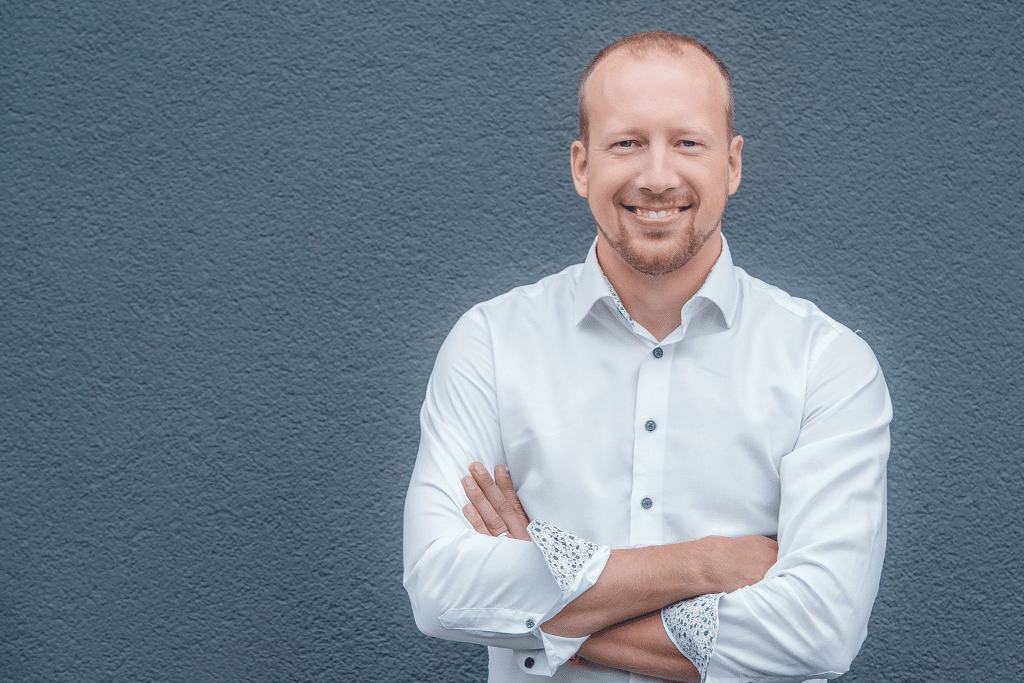
How to provide inclusive virtual entertainment for the participants? What are the best tips? When to offer it (before or after lunch, during a coffee break, after the conference)?
LV: Each hour should comprise 45 minutes of important information and 10–15 minutes of lighter content. Here, you can add stretching or breathing exercises, a mini-concert, photos or video clips, and games. People tend to be most receptive to new information before lunch. During coffee breaks, you can talk about previous events, etc. At the end of the conference, we recommend that the participants take a walk in nature or participate in other active activities.
TP: With virtual entertainment, you should first consider the audience. If it consists of people who are willing to go along with your ideas, you have a lot more opportunities. For example, you can hold a short training, joint exercises or stretching exercises, a practical game, or a concert where you all sing together. You need to ‘wake up’ your listeners after lunch again. Once they are full, their attention tends to get lost, which is why you need to regain it. We recommend starting the day with an activity to make it clear to the listeners that it will not be a boring meeting or seminar but offers added value.
LK: Most of the entertainment we consume has been virtual for a long time. Now, It is possible to easily link it to virtual events. It is possible to offer various concerts from both the past and the present, various games, team building tasks, quick surveys, chat rooms, and much more. All this can be seamlessly connected throughout the conference day. For example, at many events, we use a survey application that allows moderators to engage the audience quickly and easily through smart devices by asking them questions, the answers to which appear immediately. It is also possible to invite a random participant to the virtual stage to create some excitement for the participants.
NK: There is no single answer. A lot depends on the audience, the expectations of the client, etc. A skilled moderator is usually the key person to hold the virtual whole together. Icebreakers (quizzes, puzzle games, coffee yoga, attention games). Motivational speakers from other walks of life and small learning lessons are always very popular.
Lehari Kaustel

Physical conferences usually mean that the participants are given bags, pens, and other gifts. How is this solved with virtual events? Are the participants given something to remind them of the event?
LK: It is possible to give gifts to participants, for example, with a courier or by post. However, this can now be done with much better targeting. Think about how many of us actually care about the gifts that accompany the conference and how many of them are quickly forgotten? The most important thing that the listeners can take from the conference is the exchange of information, acquaintances, and knowledge, all of which can also be perfectly conveyed through the screen.
NK: The importance of giving gifts at conferences has been in decline (even before the COVID pandemic). This trend is primarily based on the principles of environmental sustainability. At the same time, it is possible to send gifts to participants by a courier or by post if it has a special value. Gifts are becoming less popular, but when they are given, each object should have its own story (e.g. promote the values of the organisation, local products).
TP: Yes, gifts and tools for the workshop are distributed to the participants the day before (with a courier). Taking the prizes straight to the participant’s home with a team who will film the person’s emotions is also a popular option.
LV: More and more event organisers send food gift baskets, information material, product samples, or gifts with a courier to the homes or offices of the participants by the time of the virtual event.
Neeme Kari
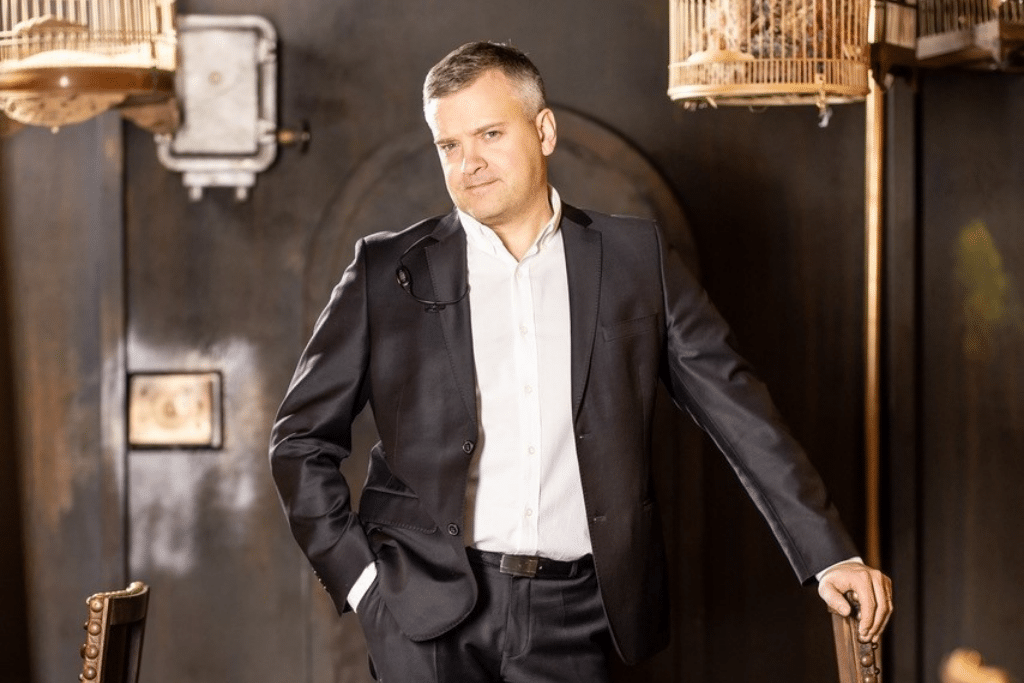
How to organise networking, i.e. the main reason for participating in events – the desire to establish contacts with colleagues in your field?
NK: The virtual world is in no way a substitute for the real world. Still, we can use it to our advantage. Virtual reality takes us a step closer. Virtual world fatigue and a lack of real-world experience are also manifested at the national level and in diplomacy (90% of diplomacy is about persuasion, much of which takes place outside formal meetings, which is very difficult to achieve in a virtual environment).
LV: There are a myriad of different chat rooms, forums, and Q/A technical solutions. These are directly related to the client’s specifics and previous experience.
LK: There are many pros to a physical event. In fact, much of our communication has taken place on the Internet for a long time. Virtual solutions provide many different ways to communicate with people in your field, as well as meet professionals from other fields around the world. There are very effective platforms for this. For example, in December last year, more than 8,000 Santa Clauses met at the World Santa Claus Congress, who otherwise would not have had enough time to build relationships with colleagues. Thanks to this congress, many new social networks were established.
TP: Firstly, you need a specific reason to organise the event. Secondly, the event must respond to a problem and provide solutions. Thirdly, the participants need to be given time to communicate with each other and exchange experiences. This can be accomplished by holding separate virtual workshops, which is offered by many broadcasting platforms. Also, keep in mind that the host should be experienced or involve experienced partners.


